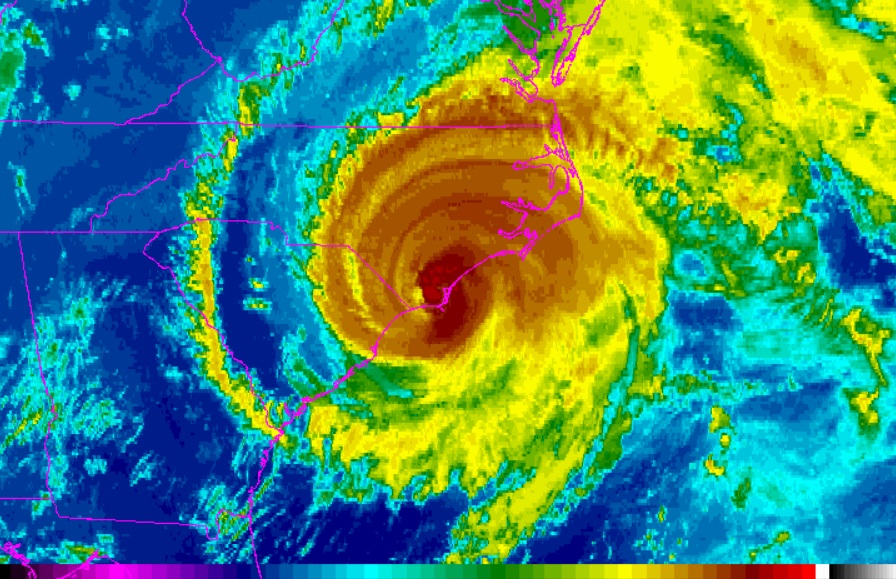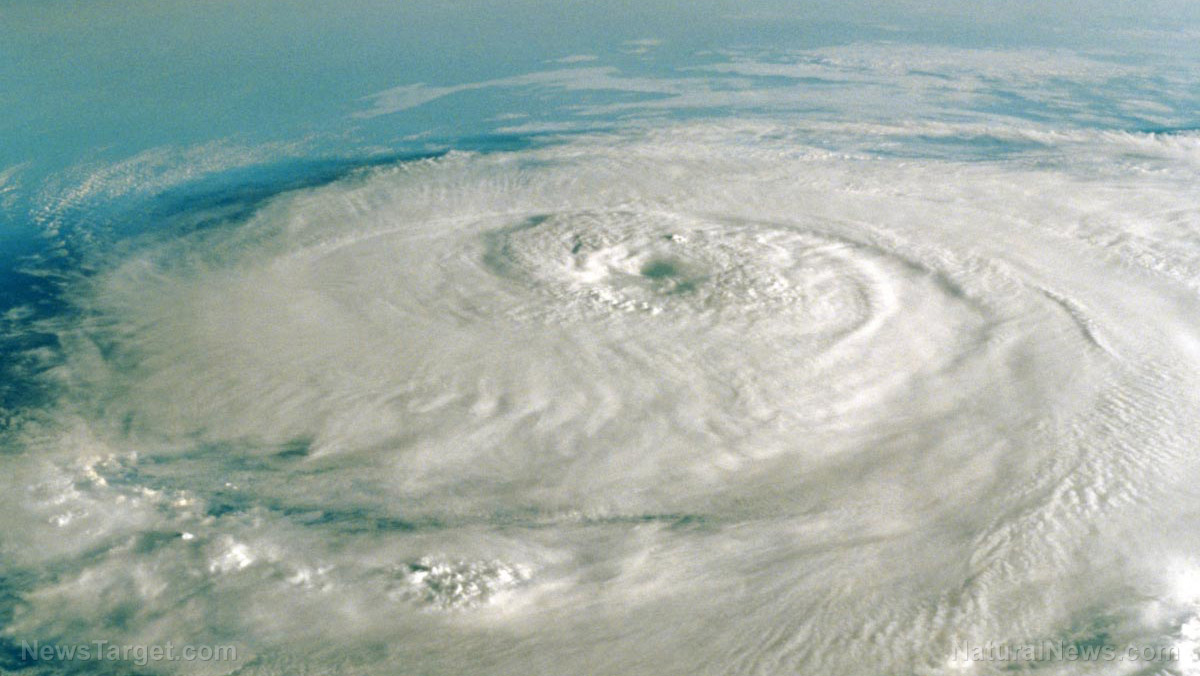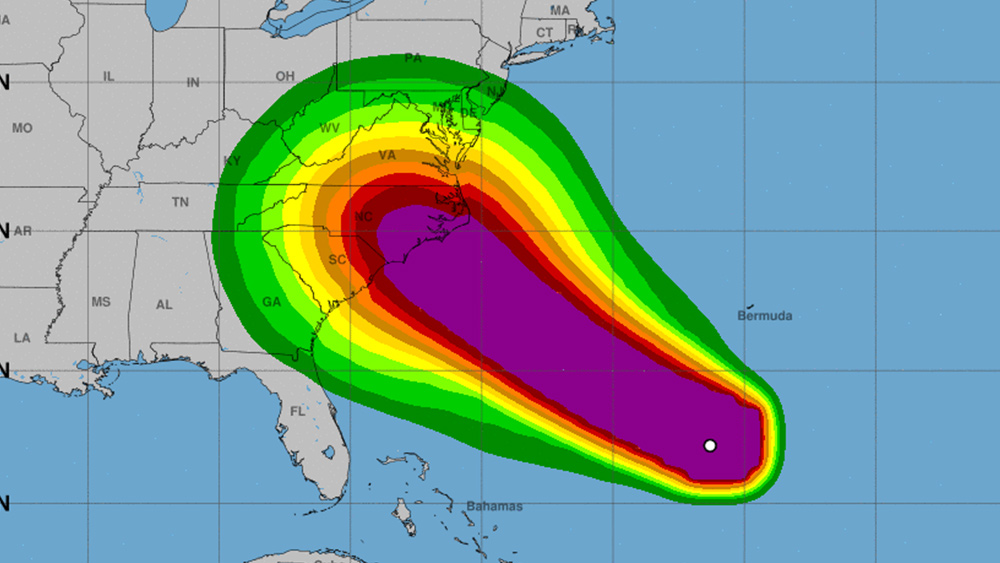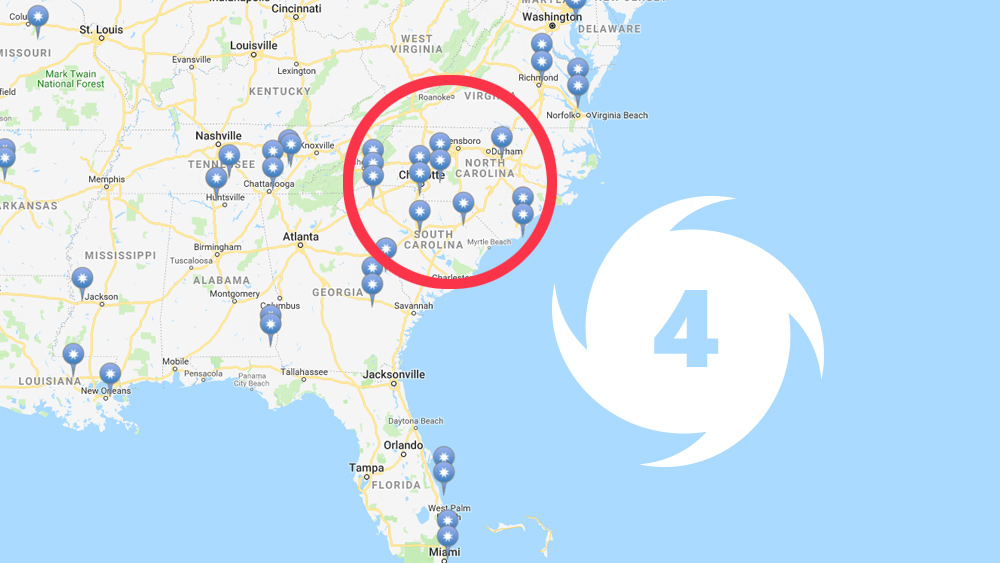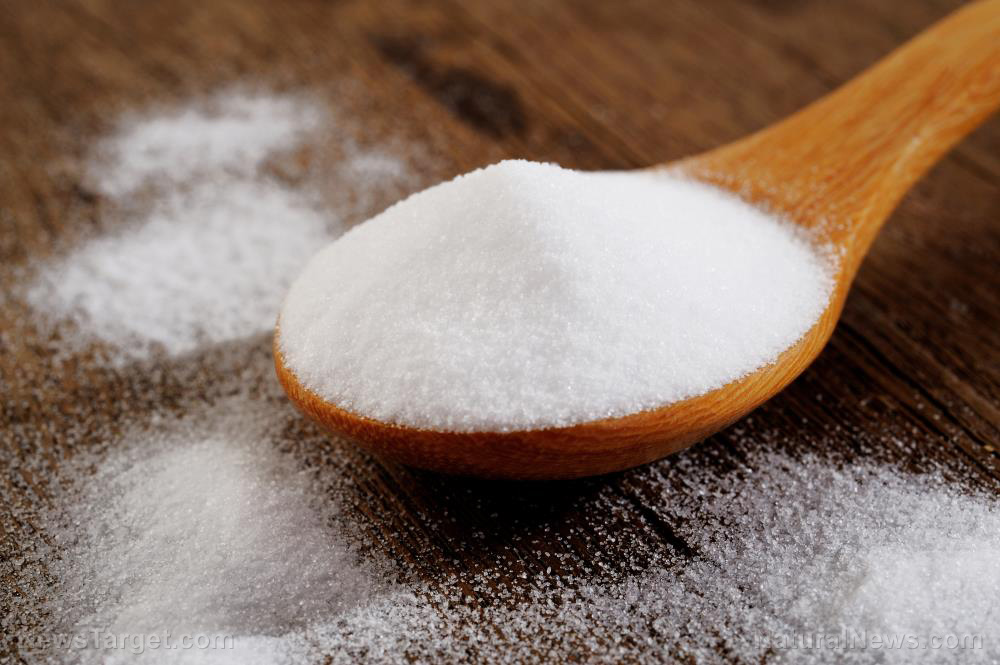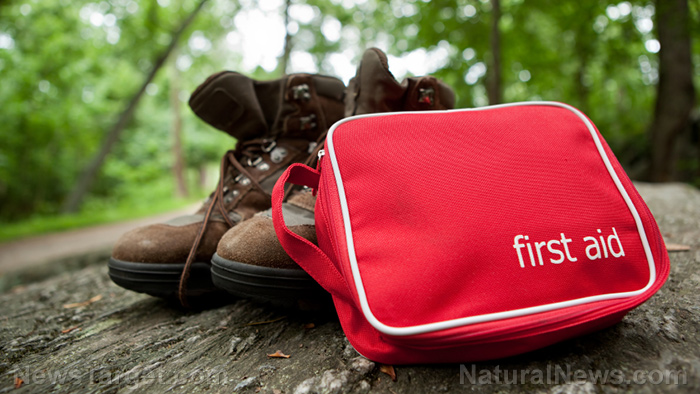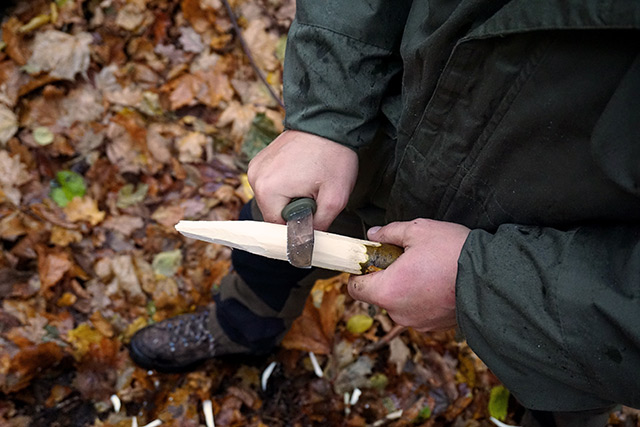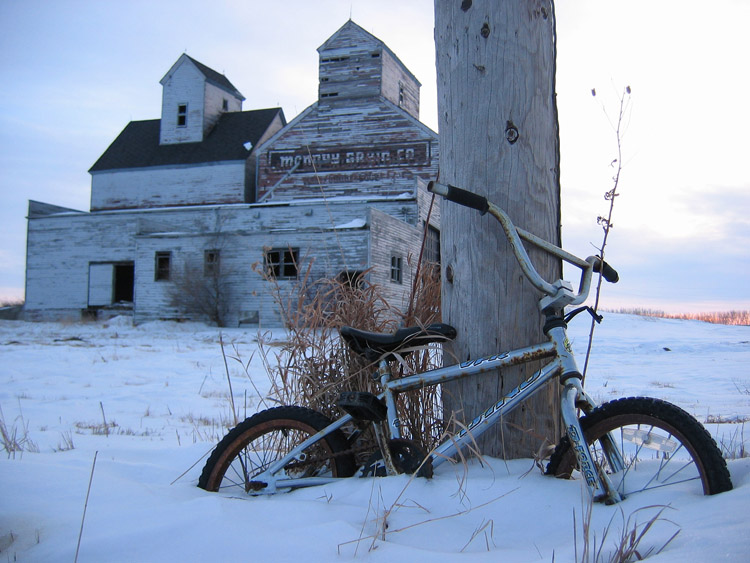Hurricane wildlife victims: One hurricane washed away thousands of sea turtle nests, another destroyed monkey habitat
10/12/2017 / By Russel Davis

The devastating Hurricanes Irma and Maria that recently hit the U.S. and Puerto Rico, respectively, not only caused extensive damages on human lives and properties but have also threatened the wildlife population in both countries.
A report published by the University of Central Florida Marine Turtle Research Group indicates that the aftermath of Hurricane Irma has negatively affected the number of incubating sea turtle nests in the Archie Carr National Wildlife Refuge. The wildlife reserve is globally recognized as one of the most important nesting grounds for both loggerhead turtles and green turtles. Both species are classified as threatened under the U.S. Endangered Species Act.
The researchers have reported that large-scale dune erosion caused by storm surge has swept away various nests and simultaneously exposed the animals’ eggs. According to the experts, more than 50 percent of green turtle nests and about a quarter of loggerhead nests laid during the September nesting season have been lost. The research team has also surveyed two more nesting grounds and found that the numbers of lost eggs are relatively fewer than the wildlife refuge. However, the experts stressed that damages to sea turtle eggs remain significantly high.
“Last year with Hurricane Matthew, we lucked out because it was a low green turtle year…This year was an extraordinarily exciting year for green turtle nesting, breaking all previous records within the refuge and continuing the conservation success story for the species. Unfortunately, we had another big hurricane this year, highlighting the need for continued conservation efforts in the area” Kate Mansfield, assistant professor and director of the UCF Marine Turtle Research Group, has stated in a Science Daily article.
“Green turtles are still nesting, but recent extremely high tides have likely wiped out many of those new nests, too. The good news is that the nesting habits of sea turtles do protect them from large-scale nest loss and make them more resilient to this kind of event. They lay multiple nests per nesting season, roughly every other year for 30 years or more,” assistant researcher Erin Seney adds.
Hurricane Maria ravages Puerto Rico’s Monkey Island
The Cayo Santiago Field Station in Puerto Rico, home to about 1,500 rhesus monkeys and considered to be longest-running primate field site in the world, has also suffered severe devastation following Hurricane Maria’s wake. A survey of Cayo Santiago and Punta Santiago, where most of the field station’s staff reside, revealed that both islands have become unrecognizable after the hurricane.
The researchers have observed that the forests turned brown, while both the mangroves and the isthmus have been flooded. Photos and videos taken from the survey have also shown that research labs and other infrastructures have fallen. (Related: Hurricane Maria just wiped out ALL power on the entire island of Puerto Rico … still think prepping is a waste of time?)
A collaborative relief effort between various universities — such as University of Michigan, University of Buffalo, University of Leipzig, and University of Pennsylvania as well as University of Puerto Rico, University of Washington, New York University, and Yale University — has been carried out since then in order to rebuild the island. According to a recent report, one group of researchers set up two GoFundMe sites for relief. One site has been designated for the rehabilitation of the local community, while the other was for the monkeys. The funds have raised more than $45,000 for the local community and about $10,000 for the monkeys.
Follow more news about ecological damage and preservation at Ecology.news.
Sources include:
Tagged Under: animals, environment, habitat, hurricane, monkeys, natural disasters, turtles

